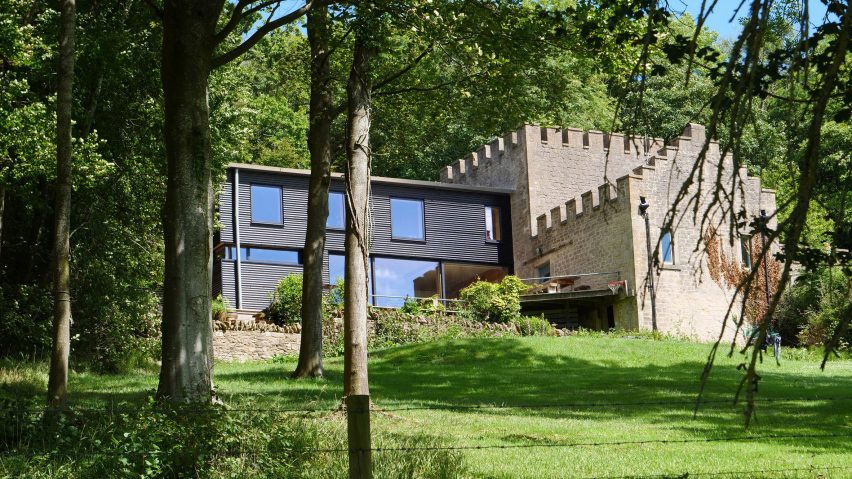
Five UK house renovations designed to improve energy efficiency
Architects Sarah Wigglesworth's and Piers Taylor's self-designed renovations feature in this roundup of British houses that have recently been retrofitted and insulated to improve their energy efficiency.
The UK's housing is among the oldest and most poorly insulated in Europe, with the majority also depending on gas for heating.
With spiralling energy costs and increased awareness about the industry's environmental impact, this poor energy performance has come under scrutiny in recent months.
A series of British architects recently told Dezeen that ageing homes must be retrofitted and properly insulated if the UK is to reduce its dependence on fossil fuels and meet carbon targets.
In this roundup, we take a look at examples of both contemporary and traditional homes that have been updated in this way to reduce their energy consumption.
Read on for five energy-led home renovations in the UK:
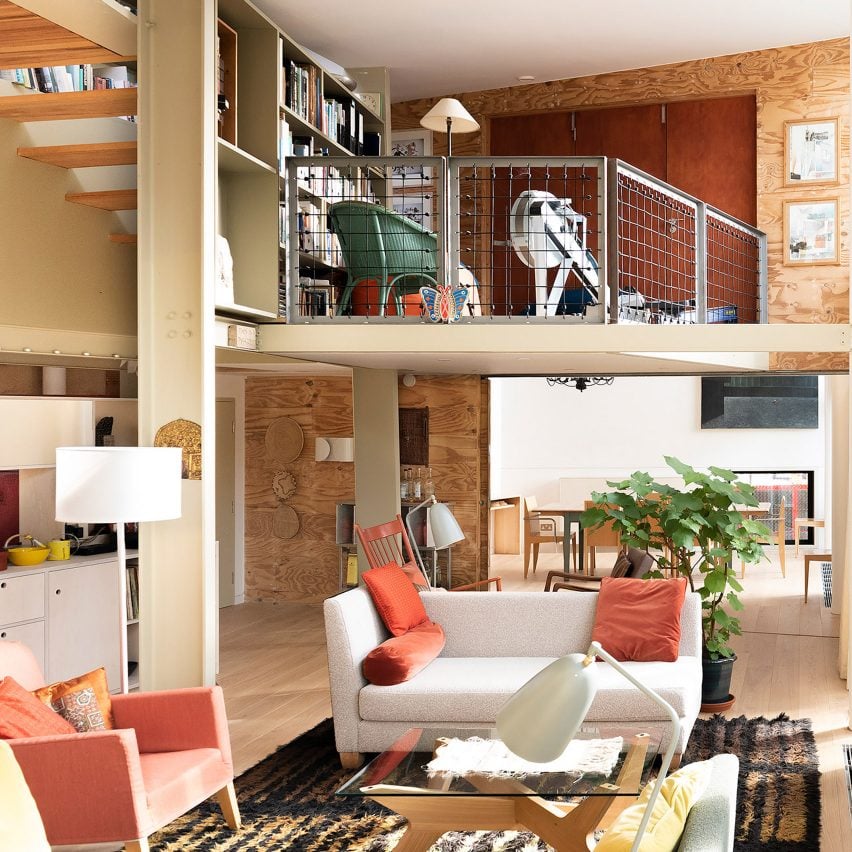
Stock Orchard Street, London, by Sarah Wigglesworth
British architect Wigglesworth recently overhauled her influential London home, dubbed Straw Bale House, to age-proof its interiors and enhance its energy performance.
Among the measures taken were the installation of airtightness tapes across all floor-wall junctions and incoming services, as well as more insulation and the replacement of underperforming windows.
According to Wigglesworth, these efforts have resulted in a 62 per cent reduction in its annual carbon dioxide emissions.
Find out more about Stock Orchard Street ›
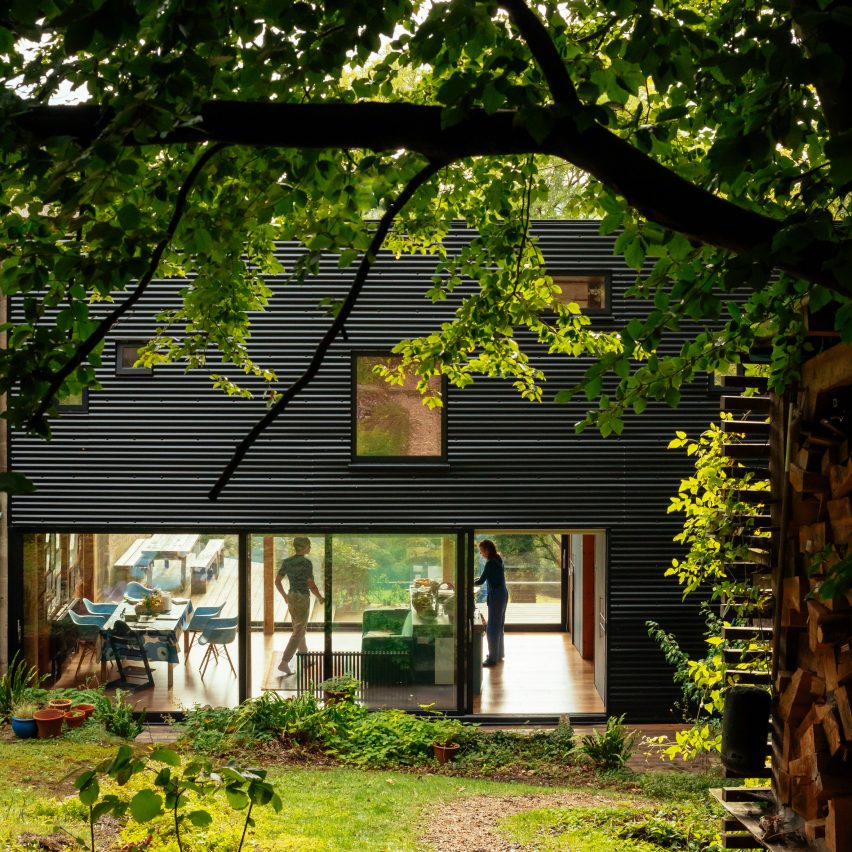
Moonshine, Bath, by Piers Taylor
Invisible Studio's director Taylor overhauled his self-designed home near the city of Bath to meet the rigorous standards of Passivhaus.
Passivhaus is an internationally recognised energy-performance standard that certifies low-energy buildings with high levels of insulation and airtightness. To achieve this, Taylor's interventions included adding extra insulation to the walls and replacing windows and screens with high-performance glass.
Find out more about Moonshine ›
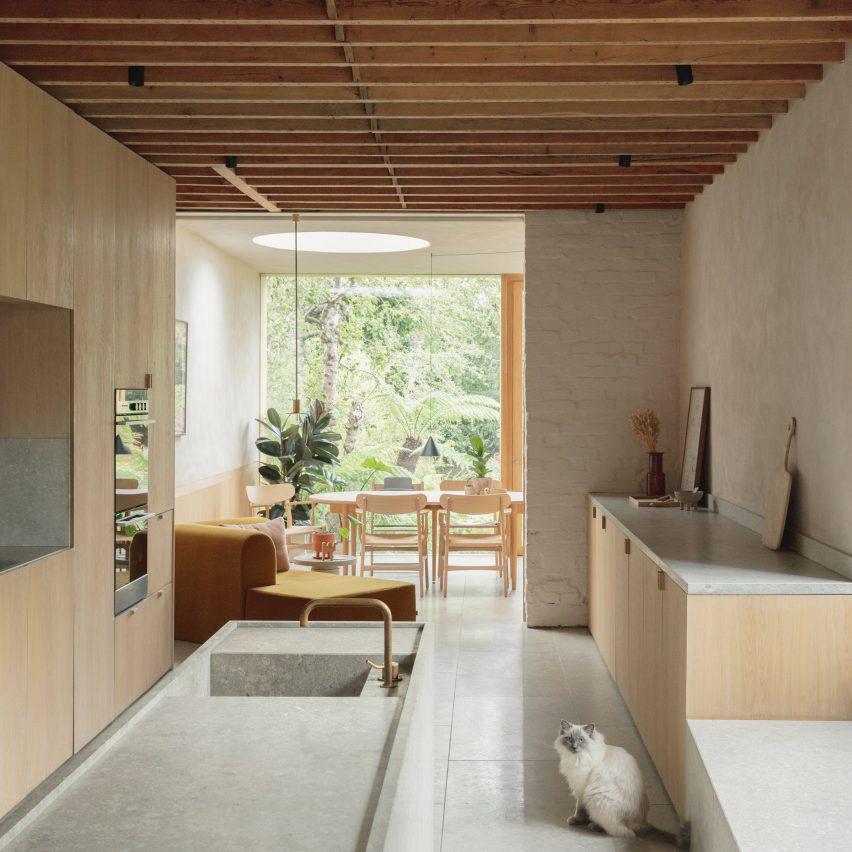
Low Energy House, London, by Architecture for London
This Edwardian home was retrofitted and extended with a palette of natural materials by Architecture for London for its founder Ben Ridley.
To preserve the building's historic facade, the home was insulated internally with wood fibre, rather than externally. Other alterations included the introduction of triple glazing, a continuous airtight layer and a mechanical ventilation system.
Find out more about Low Energy House ›
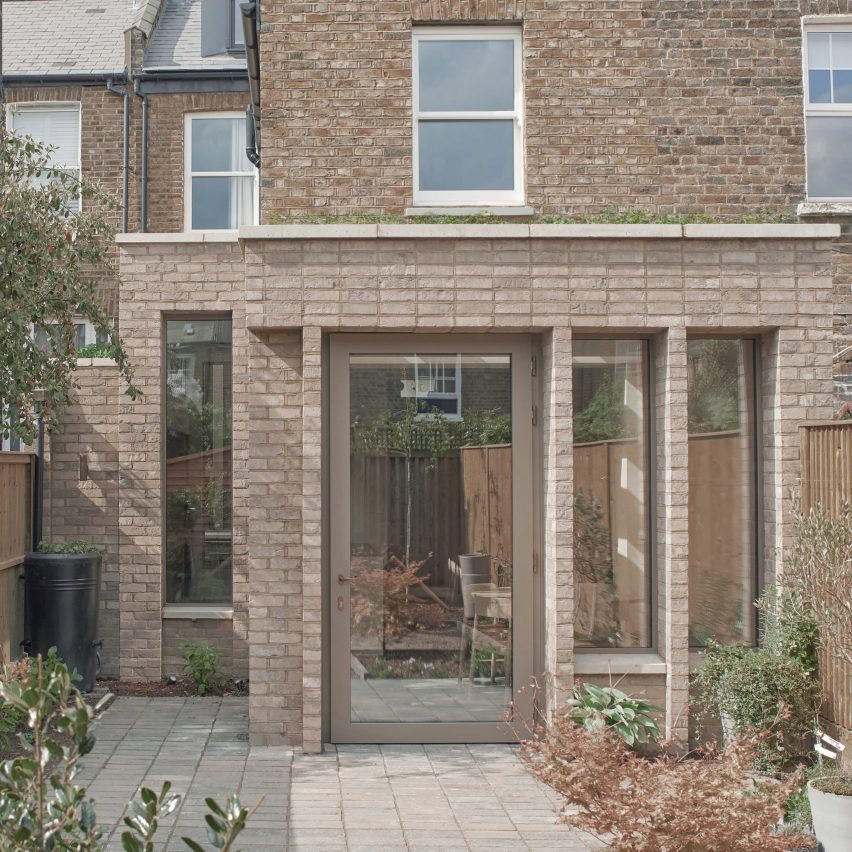
A-100 House, London, by Mitchell + Corti
Solar panels, triple glazing and a mechanical ventilation unit are among the features of this terraced home in London, updated by architecture studio Mitchell + Corti as part of a wider renovation and extension.
Other updates involved improving its airtightness and introducing wood fibre roof insulation, which help to maintain a stable internal temperate throughout the year.
According to the studio, the updates have resulted in an 80 to 90 per cent reduction in energy consumption per year, seeing the project longlisted in the sustainable building category in the Dezeen Awards 2022.
Find out more about A-100 House ›
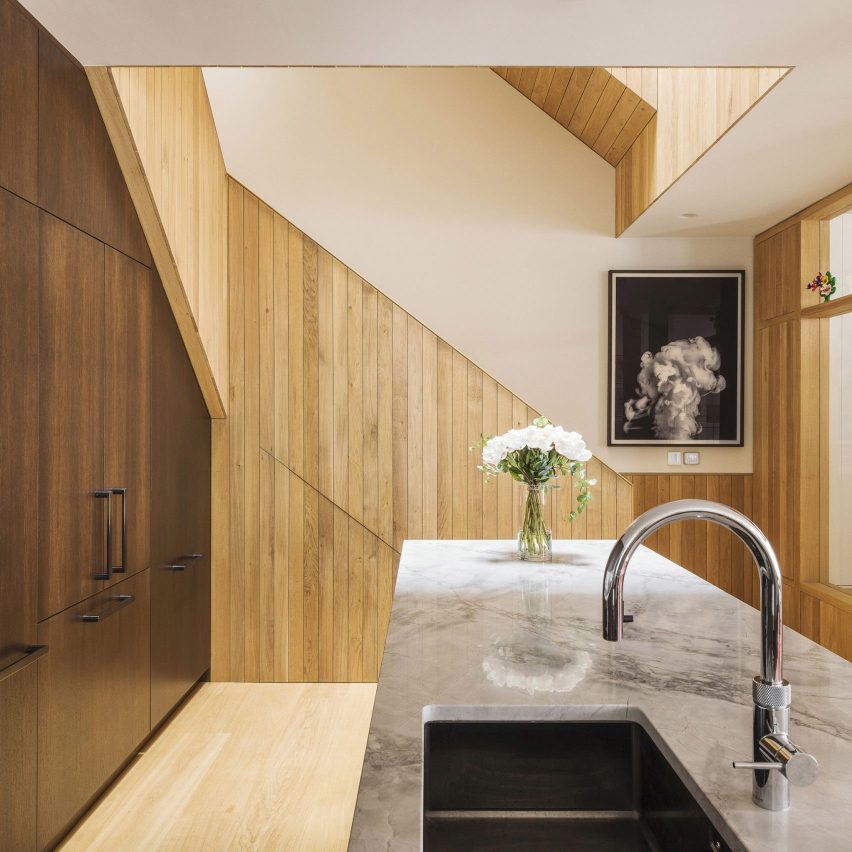
Mews House Deep Retrofit, London, by Prewett Bizley
Architecture studio Prewett Bizley collaborated with interior designer Carter Owers on the energy-led overhaul of this London house, longlisted in the house interior category in the Dezeen Awards 2022.
An air source heat pump and insulating plaster were added, in addition to the new sash windows that evoke those on the original building. These windows were made from evacuated glass – a glazing system composed of two glass panes separated by a narrow evacuated space – that performs similarly to triple glazing.
A post-occupancy evaluation of the work has found that the home's "heating demand has been slashed by a massive 95 per cent and the overall energy consumption by 82 per cent", said Prewett Bizley.
Find out more about Mews House Deep Retrofit ›